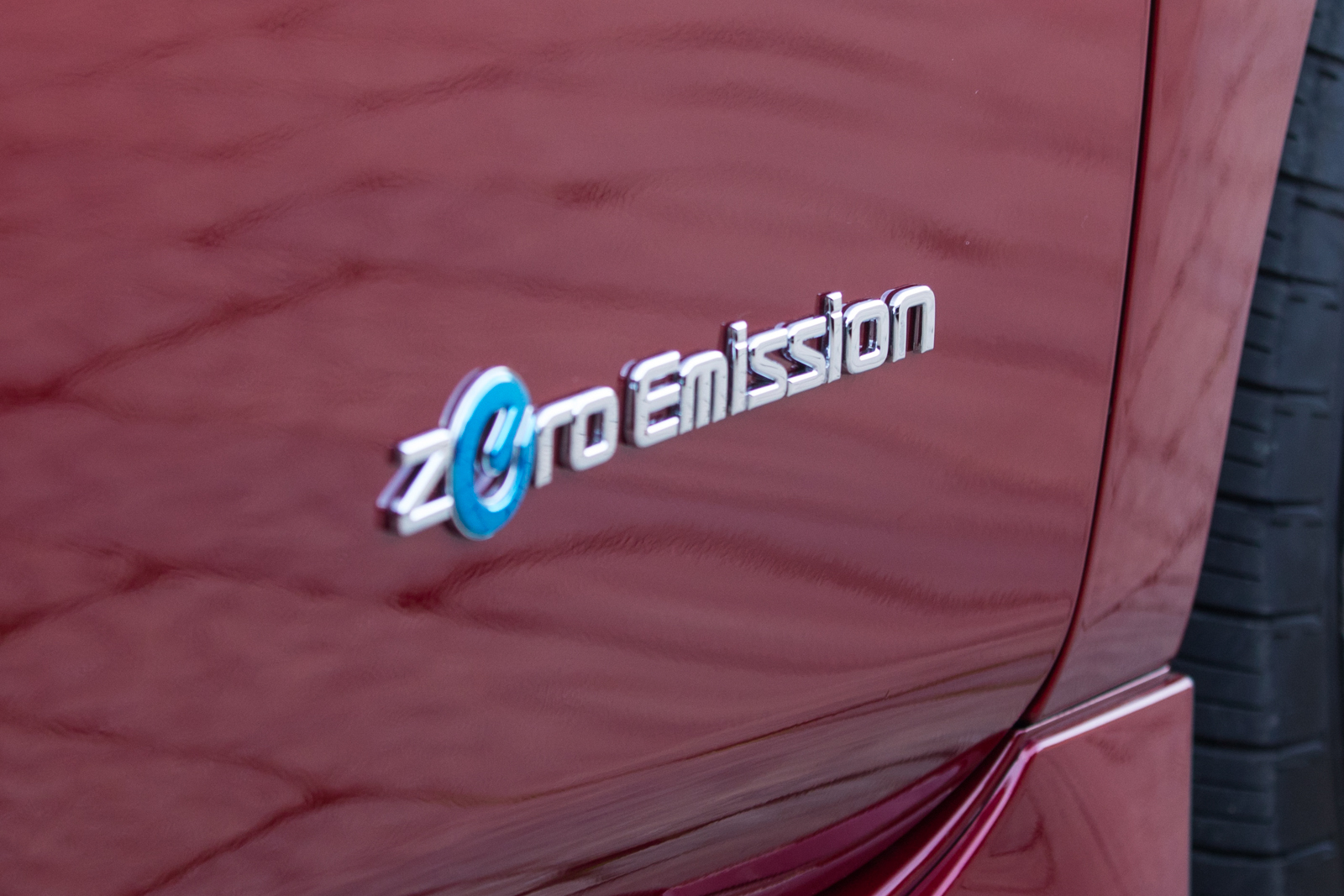In recent years, the global transportation sector has faced increasing pressure to transition towards more sustainable practices. This shift has been fueled by concerns over the environmental impact of traditional vehicles and the growing popularity of electric vehicles (EVs). However, one critical challenge hindering the widespread adoption of EVs is the lack of convenient charging infrastructure. In response to this need, commercial EV charging stations have emerged as a solution that not only facilitates convenient charging but also drives the overall adoption of electric vehicles.
The Environmental Impact of Traditional Vehicles
The environmental impact of traditional vehicles is a significant concern in terms of air pollution, greenhouse gas emissions, and contribution to climate change. One of the key issues with traditional vehicles is their reliance on fossil fuels for propulsion, leading to high levels of air pollution. The combustion of fossil fuels releases pollutants such as nitrogen oxides, sulfur dioxide, and particulate matter into the atmosphere. These pollutants not only contribute to poor air quality but also have detrimental effects on human health, causing respiratory problems and cardiovascular diseases.
Furthermore, the consumption of fossil fuels by traditional vehicles is a major contributor to greenhouse gas emissions. Carbon dioxide (CO2), a prominent greenhouse gas, is released during fuel combustion and accounts for a significant portion of global emissions. These emissions are responsible for trapping heat in the Earth’s atmosphere and contributing to climate change.
To address these concerns, there is a growing need for sustainable transportation alternatives that can reduce or eliminate the environmental impact associated with traditional vehicles. Commercial electric vehicle charging stations offer a potential solution by promoting the use of electric vehicles (EVs) that produce zero tailpipe emissions and have significantly lower carbon footprints compared to their gasoline-powered counterparts. By transitioning from traditional vehicles to EVs powered by renewable energy sources, we can mitigate air pollution and reduce our dependence on fossil fuels while moving towards a more sustainable future.
The Popularity of Electric Vehicles
One of the key factors driving the adoption of electric vehicles is their increasing popularity among consumers. As the demand for clean and sustainable transportation options grows, electric vehicles have emerged as a viable solution.
In recent years, governments and organizations worldwide have introduced various incentives to promote the use of electric vehicles. These incentives include tax credits, rebates, and grants that make purchasing electric vehicles more affordable for consumers.
Additionally, advancements in battery technology have addressed range anxiety concerns by improving the driving range of electric vehicles. With longer ranges and an expanding network of charging stations, consumers are becoming more confident in choosing electric vehicles as their primary mode of transportation. This shift towards cleaner mobility options signifies a positive step towards reducing greenhouse gas emissions and achieving a more sustainable future.
The Need for Convenient Charging Infrastructure
A crucial aspect to consider in the widespread adoption of electric vehicles is the establishment and availability of convenient charging infrastructure. The expansion of charging networks plays a pivotal role in addressing range anxiety and promoting consumer confidence.
To meet this need, technology advancements in charging stations are being made to enhance convenience and speed up the charging process. For example, fast-charging stations are being developed that can provide an 80% charge in as little as 30 minutes, significantly reducing charging time compared to traditional methods.
Moreover, smart grid integration allows for better management of electricity demand and supply, optimizing energy usage and reducing strain on the grid during peak hours. These developments contribute to making EV ownership more practical and attractive for consumers by providing a reliable, efficient, and user-friendly charging experience.
The Role of Commercial Charging Stations
Commercial charging stations play a significant role in facilitating the widespread adoption of electric vehicles and addressing the need for convenient charging infrastructure. These stations provide economic benefits by encouraging more people to switch to electric vehicles. With a well-developed commercial charging network, EV owners can confidently travel longer distances, as they have access to reliable and fast charging options along their routes.
Moreover, commercial charging stations contribute to future scalability by supporting the growth of the EV market. As more electric vehicles are sold, there will be an increasing demand for accessible charging infrastructure. Commercial charging stations offer a solution by providing a network that can be expanded and upgraded to meet this growing demand. This ensures that as the number of EVs on the road continues to rise, drivers will have convenient and efficient access to charging facilities.
Driving the Adoption of Electric Vehicles
Incentivizing the transition to electric vehicles can be achieved through various strategies. One of the key barriers to the adoption of electric vehicles (EVs) is their higher upfront cost compared to traditional gasoline-powered vehicles. However, government incentives can play a crucial role in driving EV adoption by offsetting this cost differential.
These incentives can take the form of tax credits, grants, or subsidies that reduce the purchase price of EVs or provide financial support for installing charging infrastructure. For example, many countries have implemented rebate programs that offer significant discounts on EV purchases. Moreover, some governments provide additional benefits such as access to high-occupancy vehicle lanes or exemption from toll fees for EV drivers. By implementing such measures, governments not only encourage individuals and businesses to switch to EVs but also contribute towards achieving their sustainability goals.


